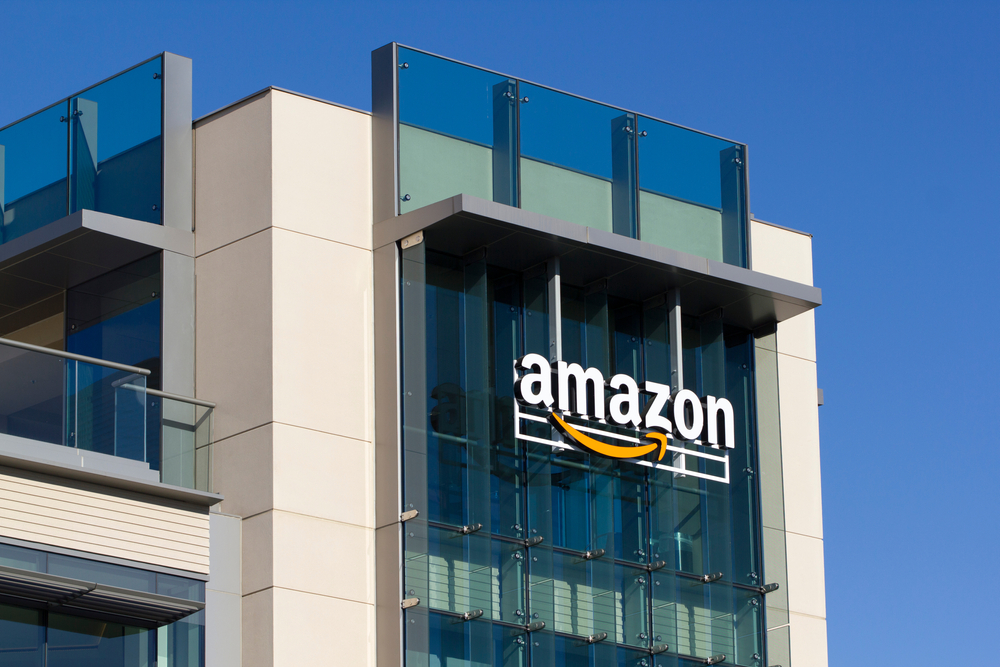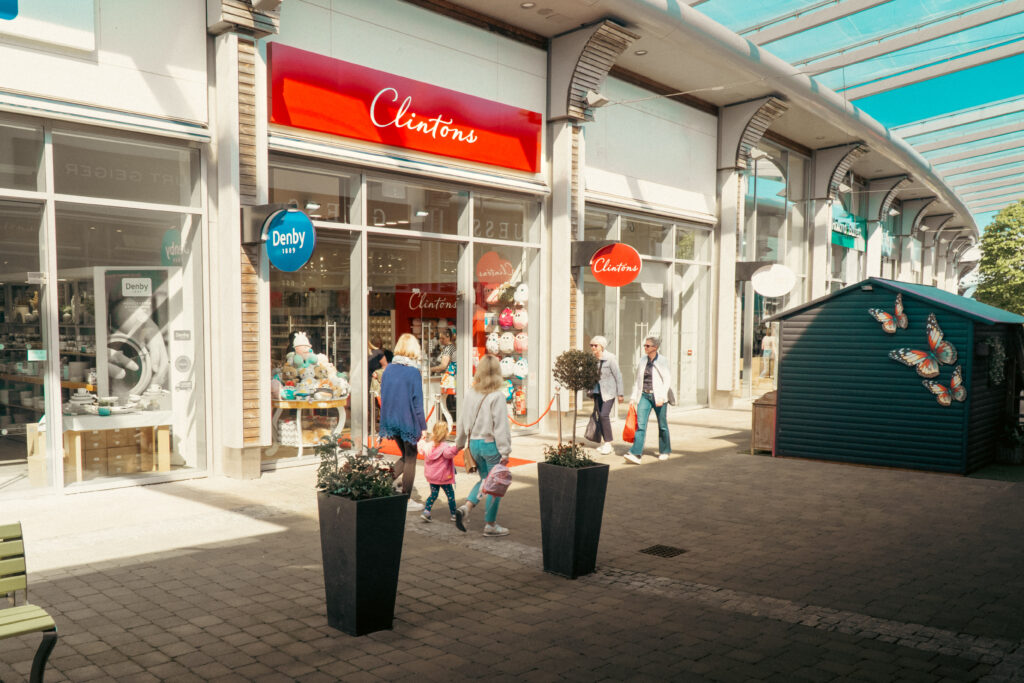In today’s retail environment, the way many customers tend to shop has changed although their mindsets during decision-making have stayed the same.
Before the Covid-19 pandemic, retailer strategic decisions included whether to integrate new channels into the existing mix; managing consumers across channels; and moving from a multichannel to an omnichannel environment.
Given further digitalisation in retailing as well as the limits placed on traditional channels, retailers need to rethink how they operate in order to survive the current crisis and secure support from consumers.
READ MORE:
- COMMENT: The easing of lockdown means new challenges for retailers
- COMMENT: Mastering 3 coronavirus challenges with customer loyalty
- COMMENT: Chatbots could be the answer to the customer services crunch
First, retailers may need to rethink what channels are best suited for their business. Online channels are easy to implement at a relatively low cost compared to fitting out branch network expansion but having an e-channel does not always build loyalty. Mobile shopping, such as through apps, enables access from anywhere and can take advantage of location services to make personalised offers.
Successful retailers have designed specific apps to appeal to consumers to mitigate the smaller viewing screen. Mobile shopping presents a very opportune channel, mobile devices are cultural objects and consumers have a close personal relationship with them.
Another potential sales channel is social media retailing, where consumers can buy products through adverts on Twitter or Instagram. These are important touchpoints that can influence consumer behaviour from more than just a utilitarian perspective.
“Retailers need to rethink how they operate in order to survive the current crisis”
The more channels retailers integrate, the more satisfied consumers are likely to feel and the more value they perceive the retailer to offer. Importantly, customers who shop across a retailer’s sales channels provide a higher customer lifetime value.
Second, retailers should build a strategy on how to shape the consumer decision journey within each channel. For online and mobile shopping, retailers should make shopping effortless and mitigate consumer dissatisfaction.
While employing real time stock information or investing in algorithms to predict demand may be expensive to implement, consumers do not think much about these purchases unless they experience disappointment. In fact, while consumers’ online shopping loyalty may be part of what drives them to a retailer’s online channel, the more experience they have with online shopping, the less likely they will stay loyal to a particular retailers.
In order to encourage repeat shopping, retailers should focus on functional features such as saving and retrieving shopping lists, providing easy ordering like single-click orders, and reducing consumers’ mental effort in decision-making. They should also signal other means of distribution or shopping.
This may mean that an omnichannel retailer should build hyper online or mobile channels through Deliveroo, Amazon, and even new customer-initiated channels. In fact, consumers typically purchase habitual items on their mobile devices so highlighting these purchases would be beneficial. Additionally, retailers could use mobile apps to create virtual shops, where consumers could feel like they are in a version of the store, and make purchases.
“The more channels retailers integrate, the more satisfied consumers are likely to feel”
Individual consumers do tend to purchase more in virtual, versus online, environments.
Mobile shopping could mean that retailers may partner up to facilitate cross-channel shopping within an area. Retailers within a small trading area (e.g. café, whisky store, restaurant, and grocer) may cooperate to meet consumer needs in an innovative and exciting way. For instance, some cities or smaller shopping areas may work together to create an app informing customers what channels are available for shopping with each retailer, when they are physically open, and any exciting offers they have at the moment.
This hyper omnichannel could also be communicated through social media, increasing excitement. Retailers should consider how they can offer special, unique, or limited edition merchandise for sale through social media, which would harness the power of this particular channel.
Clothing and specialty retailers, specifically, should alter their business models given the current lockdown in order to remain open for business, even in a non-traditional sense. Social channels are also in a unique position to build community around the retailer, enabling transparency and authenticity.
Finally, retailers would need to anticipate some of the challenges that could arise from a hyper omnichannel. Even though other channels or service providers may be delivering or selling the merchandise, retailers need to maintain consistency of their brand image.
Another consideration is the technological requirements. What technological structure needs to be put in place and what updates are needed to support this infrastructure? Lastly, what value does each new channel provide? Unless the new hyper channel provides value, it may not be worth investing in.
Thus, for retailers to survive today, they need to carefully consider the role of each channel to appeal to consumers’ mindsets and what investments they need to make in the long term in order to remain open for business.
Dr Kirsten Cowan is a lecture in marketing at University of Edinburgh Business School
Click here to sign up to Retail Gazette‘s free daily email newsletter


















